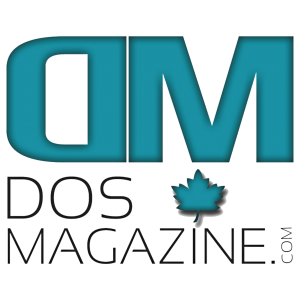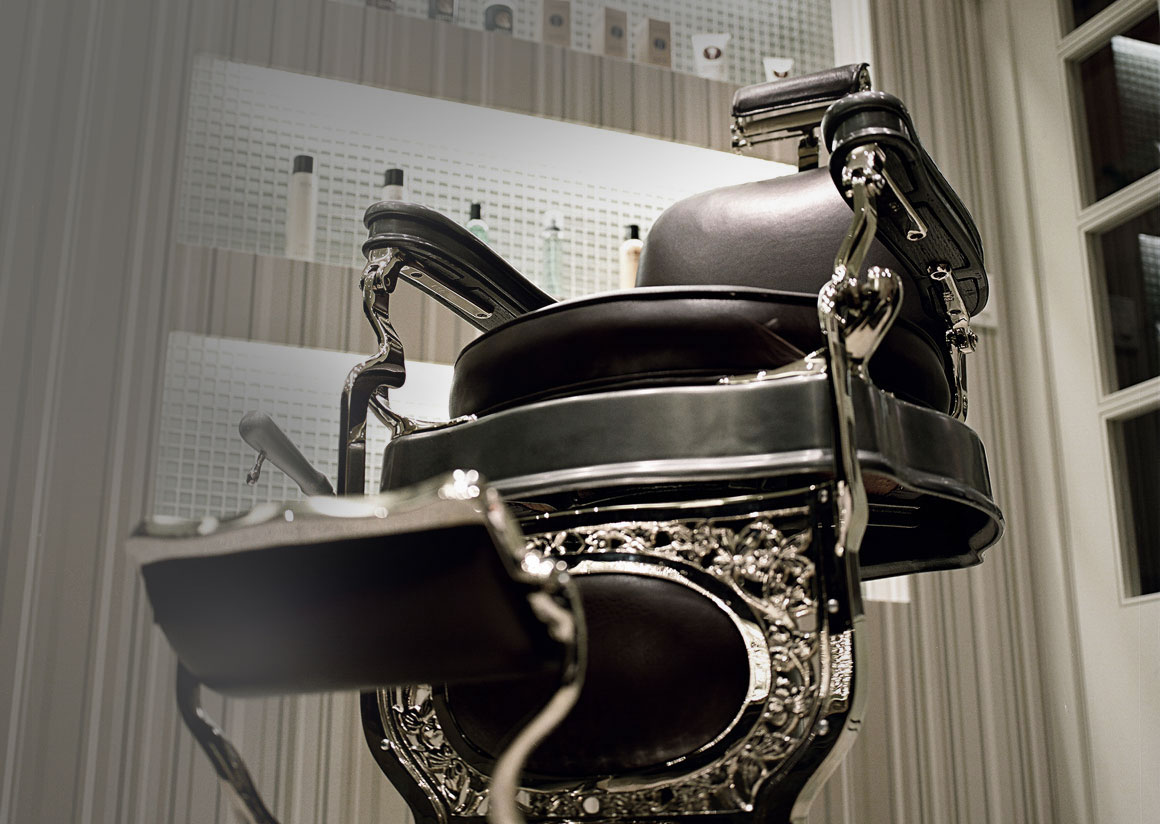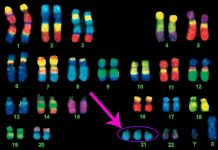Knowing the right terminology is important to communicating with your barber or stylist. It’s important to note that these hair styles and terms are for reference points only. These hair cuts were traditionally performed by barbers and have since been adopted by hairdressers who may work on both male and female clients. Some barbers or stylists might not be as familiar with the terms and have their own descriptions that they use.
Keep in mind that barbers and stylists often have their own mental picture of what different cuts and styles look like. They may also have their own slang and terminology. Even within the same salon a cut may be referred to differently.
The very best way to guarantee that you get the look or style you want is to take photos to your barber. If you tell your barber or stylist that you want a brush cut, they might give you a much shorter cut than you might want.
Whenever possible, take photos that show the cut you desire from all angles. If you have a photo of a celebrity with the style, that works even better in some cases because the barber or stylist might be familiar with the celebrity.
Below are common haircut terms: by [highlight]Carlo Barber Shop[/highlight]. 242 North 2nd Avenue, Upland, CA 91786
 |
Arch.
The space above the ear that is outlined with clippers. Many barbers will cut a higher arch into the hairline which will not look good as the cut grows out. The arch should simply enhance the natural hairline. If you prefer a natural arch (one that is not cleanly outlined), you should specify this to your barber. |
 |
Bald.
A “style” in which all of the hair on the scalp is removed with a razor. This is a popular cut among athletes and men who are naturally balding. |
 |
Bangs.
The section of hair that falls over the forehead. Can be worn combed down over the forehead, brushed to the side, or brushed back. |
 |
Blocked Nape.
Blocking is when a visible line is created with the clippers at the nape. This is the most common type of finishing at the neck, but not always the most desirable. The disadvantage of a blocked hairline is that it does not grow out neatly and can make a thick neck look too wide. |
 |
Bowl Cut.
This haircut was common in the depression era because it was an easy haircut to do at home. A bowl was placed on the head and all of the hair below was removed. This cut (which is also commonly called an “undercut”) is popular among young teens and children. |
 |
Brush Cut.
The sides and back are cut as for a crewcut. The top is cut the same length, about one-quarter to one-half inch over the top, following the contour of the head. The hair is then combed up so that the top resembles the bristles of a brush. |
 |
Burr.
Hair over the entire head is cut one length, usually 1/8″ or shorter. This is the type of haircut that new military recruits receive upon entering the service. This is a good option for someone who wants a no-maintenance haircut. |
 |
Business Man’s Cut.
Most popular among working professionals who require a conservative look. Normally, hair is cut with a slight taper on the sides and back and the top is left long enough to part and comb to the side. |
 |
Butch.
This is a short version of the basic crewcut. Hair is left no longer than 1/4″ on top and neatly tapered around the ears and at the back of the head. |
 |
Buzzcut.
A general term used to refer to haircuts that are done entirely with clippers. Technically speaking, there is no “official” style which can be called a buzzcut. See the following: butch, burr, brush cut, and crewcut. |
 |
Caesar.
A semi-short hairstyle made popular by Julius Caesar. The hair is layered to 1″ to 3″ on top and brushed forward with short bangs at the front. This cut is a low-maintenance style and is ideal for covering a receding hairline. |
 |
Classic Taper.
Commonly referred to as a short business man’s cut or graduation. The hair is left long enough to comb on top and gradually tapers down to 1/8 inch around the ears and the neck. This is a very traditional men’s cut that is appropriate for any lifestyle. |
 |
Crewcut.
Also known as a short pomp or brush cut. The hair is cut short on the sides and back with the hair on top graduated in length from the front of the hairline to the back of the crown. The top hair, from side to side, should form a slight curve to conform to the general contour of the head. |
 |
Fade.
The term “fade” originated in ethnic shops and has now become the popular term for an aggressively tight taper. Hair at the sides and back is cut as close as possible with clippers and “fades” or tapers up into almost any length on top. In some cases this haircut is mistakenly called a “military reg,” which is misleading because each branch of the service has different regulations regarding hair length. |
 |
Faux Hawk.
This is a basic tapered haircut in which the hair is styled into a point at the center. It resembles a Mohawk, but without the shaved sides. The style can be worn as a Faux Hawk or styled differently for a conservative look. |
 |
Flattop.
The sides and back are cut similar to a crewcut, with the following exceptions: The hair is cut on top with emphasis on flatness. The hair at the sides of the top are cut to give a square appearance. The photo to the left is a short traditional flattop. Variations include: “Flattop with Fenders,” in which the hair on the sides is left longer and brushed back, giving the hair on the sides the appearance of fenders over the wheel of a car; also the “Horseshoe,” which is an extremely short flattop with a “landing strip” in the middle. Viewed from the top, the hair resembles a horseshoe. |
 |
Graduation.
Also refered to as a short business man’s cut or classic taper. The hair is left long enough to comb on top and gradullay tapers down very close around the ears and the neck. This is a very traditional men’s cut that is appropriate for any lifestyle. |
 |
High and Tight.
A very common haircut among US Marines, Army Rangers, and athletes. The hair is cut “high and tight” on the sides and back (zero length up to the crown). The top is usually crewcut length and may be blended with the sides or left with a distinct line between the shaved sides and longer top. The sides and back of the head are commonly shaved with a straight razor. |
 |
Highlights.
In recent years, many men have embraced the use of color to give their style a unique signature. Highlights are achieved by taking small sections of the hair and lightening them. Highlights can be very subtle or extreme. Highlights will give a haircut texture and can help brighten a face and bring out a client’s eyes. |
 |
Ivy League.
Also known as a Princeton. A very clean-cut style named for its popularity among men attending the “Ivy League” universities (Princeton, Harvard, Yale, et. al). Generally, the hair is cut very short all over, gradually getting slightly longer in front. Enough hair is left to part and comb neatly. This haircut conforms to the shape of the head and the emphasis is on neatness. Jerry Lewis wore an Ivy League haircut in “Nutty Professor.” |
 |
Layer Cut.
A popular haircut which is performed entirely with shears. Hair is cut in uniform “layers” all over the head. The cut can be as long or short as desired and can be a very versatile cut. |
 |
Mullet.
The origin of the term “mullet” has been traced back to the film “Cool Hand Luke.” Apparently one of the guys calls people with long, shaggy hair “Mulletheads.” The style is popular among soccer players and country music singers. Generally the hair is cut short on top and on the sides, with considerable length left in the back. |
 |
Pompadour.
A longer version of the classic tapered haircut in which the hair is brushed back and secured with a liberal application of pomade. The pompadour was the signature haircut of Elvis and was quite popular by young “rebels” in the 1950s. |
 |
Sideburns.
The little patch of hair that grows in front of the ears. Can be worn to any length with almost any hairstyle. The length of the sideburns can also enhance the face. Longer sideburns tend to give a wide face a slimming effect. |
 |
Shag.
A long layer cut that is cut using a razor to give the haircut a deconstructed (shaggy) look. This is an easy to maintain style and requires only a little product and a good shake to look great. |
 |
Tapered Nape.
Hair at the back of the neck is graduated to zero length, leaving an exposed natural hairline. Many barbers, stylists and clients, make the incorrect assumption that a tapered neckline is always very short. As you can see from the illustration at the left, a tapered hairline can work quite well on a longer style. This would be considered a “low taper.” The advantage to a taper is that, as the hair grows out, the neckline remains natural and blended. This will give the haircut a fresher look longer than a blocked nape. |
 |
Texture.
Generally, hair is cut to achieve a smooth, uniform effect. Sometimes, texture (a spikey, disheveled look) is desirable. Texture is added to the hair by cutting the ends unevenly using a shear point technique or with a razor or thinning shears. Texture can also be added by the subtle use of highlights. Even the most traditional haircuts can be made more contemporary (if appropriate) by the use of texturizing. |
 |
Temple Fade.
Sometimes called a “Brooklyn Fade,” “Low Fade,” or “Blow Out,” this type of haircut is a very low bald fade. The hair is cut to the scalp from the temple and dips low in the back. The hair is then quickly, but smoothly tapered (faded) into significant length on top. |
 |
Tramlines (or channelling).
Tramlines are a simple form of channelling (a technique used to create complex lines and shapes in the hair) where lines are created in the hair using an electric trimmer with the edge of the blade against the scalp. |
 |
Whitewall.
A faded or tapered haircut in which the sides and back have maximum scalp exposure. The term “whitewall” comes from the extremely white skin which is exposed after the haircut, reminding one of the white sides of a whitewall tire. |












